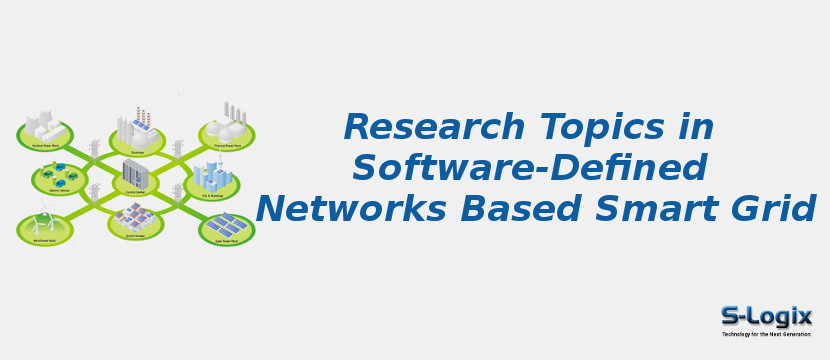Software-Defined Networks (SDN) have gained prominence for Smart Grids (SG) in recent years, allowing them to manage and monitor the networks efficiently. SG refers to advancing the current electric grid with the help of Information and Communication Technologies (ICT).
Smart Grid is more vulnerable to different types of cyber-attacks due to the high needed requirements of the network to convey, sense and control data to improve its efficiency, as,
• Energy generation
• Transmission
• delivery
By applying SDN in Smart Grid systems, resiliency and efficiency can increase with its programmability, protocol independence and granularity features to integrate different SG protocols and standards to cope with diverse communication systems to perform traffic flow orchestration to meet specific SG quality of service (QoS) requirements.
Some protocols that are applied in the Smart Grid algorithm are broadly classified they are followed as,
• Green-RPL
• Web of Energy
• Data Slicing
• Stochastic Geometry
• Dynamic Barrier Coverage
• Local positive degree coupling
• Local Positive degree coupling
• TSUBE energy trading algorithm
• Wind-driven bacteria foraging algorithm
• The policy-based group authentication algorithm
• Mapping interface integration COIIoT
• Nash Equilibrium (NE) and Bayesian NE
The operation of SG includes software, hardware and technologies that help electricity companies recognize exact imbalances between the demand in a generation to improve its service quality, reduce cost and increase energy reliability.
The smart grid-based SDN network contains some main domains such as transmission, generation, service providers, customer, distribution, market and operators about its characteristics, behaviors, uses, interfaces, requirements and concepts of an intelligent network. The application of a smart grid that contains,
• Delay sensitive
• low data rate
• high bandwidth
• Teleprotection (TP)
• Anomaly Detection (AD)
• Privacy Preserving (PP)
• Substation Automation (SA)
• Distributed Automation (DA)
• Distributed Energy Resources (DER)
• Advanced Metering Infrastructure (AMI)
Several drawbacks associated with existing power smart grids are followed,
• Disjointed architectural configuration
• Bandwidth limitations for bidirectional communication
• Interoperability issues between vendor-based network components
• Inefficient handling of huge data bursts generated from a large number of smart devices
